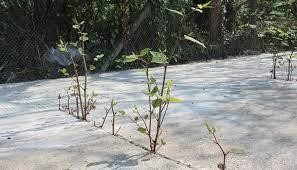Wood is something that humans have used for centuries – from the ships sailed across the ocean by the first explorers, to the modern structures like these oak framed garages that we enjoy today https://www.timberpride.co.uk/oak-framed-garages it is one of our most useful natural resources.
Something that it has been used for millennia and is still being used for now is burning to keep us warm. Nowadays, many people still enjoy an open fire or traditional wood burner as a way of heating their home, as it adds that cosy and warm feeling to the home in the winter.
Although central heating and modern heating systems are widely available nowadays, many people are turning to more traditional heating methods so they can spend winter nights in front of a roaring fire.
If you are thinking of adding a traditional wood burner to your home, or have just done so but don’t know much about firewood, then this brief guide may help you to get started so that you can spend your own cosy winters night in front of the fire…
There are thousands of types of trees on earth, but all vary and not all are suitable as use for firewood. The first thing to be aware of is the difference between hardwoods and softwoods. For an indoor fire, hardwood is preferable as it does not smoke or spark as much as the softwoods, however due to its slow growing nature it is more expensive.
It is also important to check how well seasoned the wood is – this is to do with the amount of moisture in the wood. Wood that has been seasoned means that it has been left for a length of time to dry out, so that there is less moisture in the wood. This is preferable because moisture in wood that is then burned can leave residues in the fireplace and also can put you more at risk of the fire getting out of control.
If you are seasoning your own wood, you will be able to tell if it is well seasoned as it will become duller in appearance and also the grains will appear more separated in comparison to fresh wood.
Smell is another clue – when wood has just been cut it will have a strong smell, which seasoned wood won’t have. You can also knock on the wood to check, as wood that has been seasoned will have a more dry and hollow sound to it caused by the lack of moisture inside.
When it comes to choosing the right type of wood for your indoor fire, here are a few that are particularly favourable…
Oak – Oak provides a pleasant slow burning fire, but it is important that it is well seasoned.
Ash – Many people consider this to be the best of all firewood’s. Even when burned green (before seasoning) it burns well and steadily.
Birch – This is a wood that burns very easily but is also fast burning. Most people mix it with a slower burning wood such as oak to get the best out of it.





